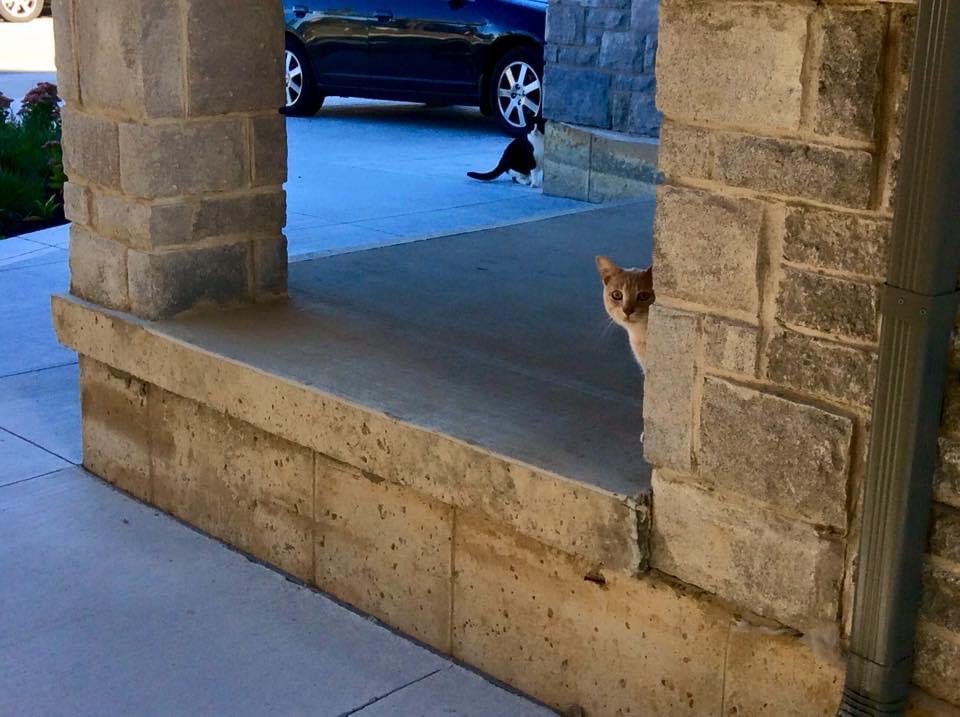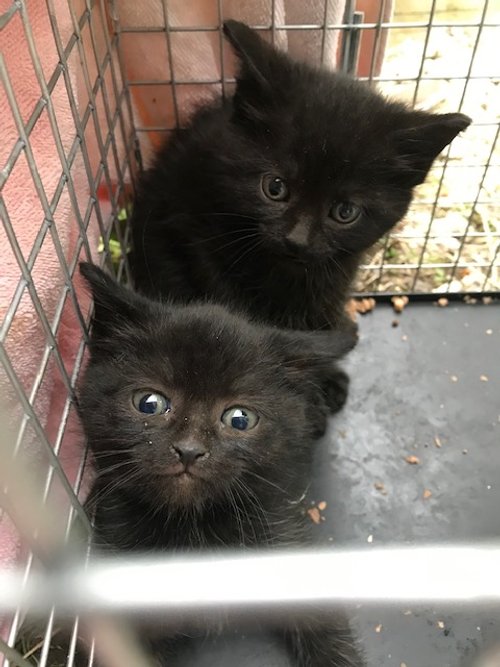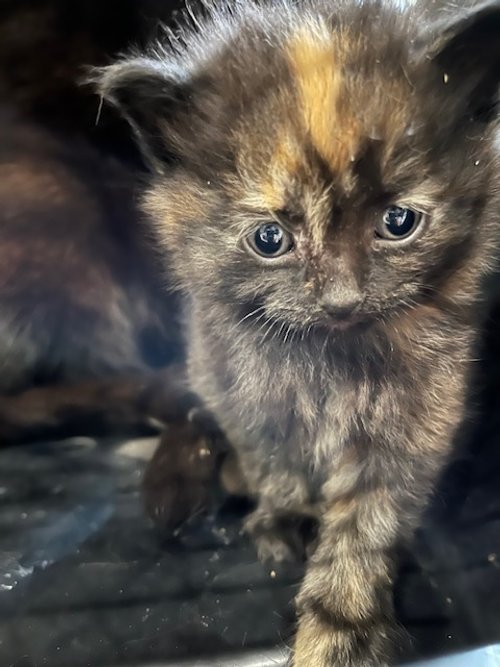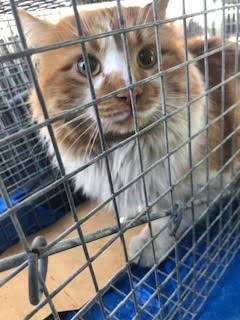Anything is Pawsible!
Our Vision
In an ideal world, there would be no community cats, and every cat would have a safe, loving indoor home. Until that vision becomes a reality, we are dedicated to supporting Hamiltonians in caring for homeless community cats. We accomplish this by promoting essential spay/neuter services, providing warm shelters to protect them from harsh winters, and socializing cats to give them the best chance of finding forever homes indoors.
CCP is a proud member of
What do our volunteers do?
We do our best to support community members who care for community cats in Hamilton. We ask that those we help participate to the extent they can during this work as our resources are limited.
Help people navigate the TNVR process
Provide traps
Provide trapping advice
House cats waiting for their surgery and after for recovery
Help with transport to and from surgery appointments when needed
Help with costs
Provide support for ill and injured community cats
Socialize community cats
Work with local rescues for adoption
Socializing Cats!
Our volunteers work to help some community cats learn to love humans back and integrate happily into an indoor home. This is called socialization. Want to learn how? Check out our workshop below.
How do I know when to bring a cat in from the street?
Bringing a cat inside from their outdoor home for socialization and adoption is a big responsibility. Here are some things to consider:
Is the cat friendly/adoptable? If yes, it is important to ensure that the cat does not already have a human who is worried about them. Checking for a microchip and reporting the cat as found on Lost and Found sites and through the City of Hamilton are good ideas.
Does the cat have a colony caregiver to feed and provide shelter for the cat? If yes, and the cat is presenting as feral after a reasonable assessment, returning the cat to the street is the best option. Sometimes cats can become further socialized while living on the street and eventually find themselves ready for an indoor home over time.
If there is no colony caregiver to provide food and shelter on the street or the cat would be in danger if returned to the street, socialization can be an option. It is essential to have a room with space for a large dog crate to begin socialization. Another important consideration, is the time needed to socialize many community cats. It could take anywhere from a couple of weeks to a year to get a community cat ready for adoption.
Another consideration is how the cat is presenting during the assessment period. There are many signs that show that a cat is further along the socialization continuum. Alley Cat Allies explains this continuum on their website.
If you want to learn more about socializing community cats, watch the Feral to Friendly Workshop!
Interested in contributing to our rescue?
Click below to learn more about where our donors generous contributions go!










